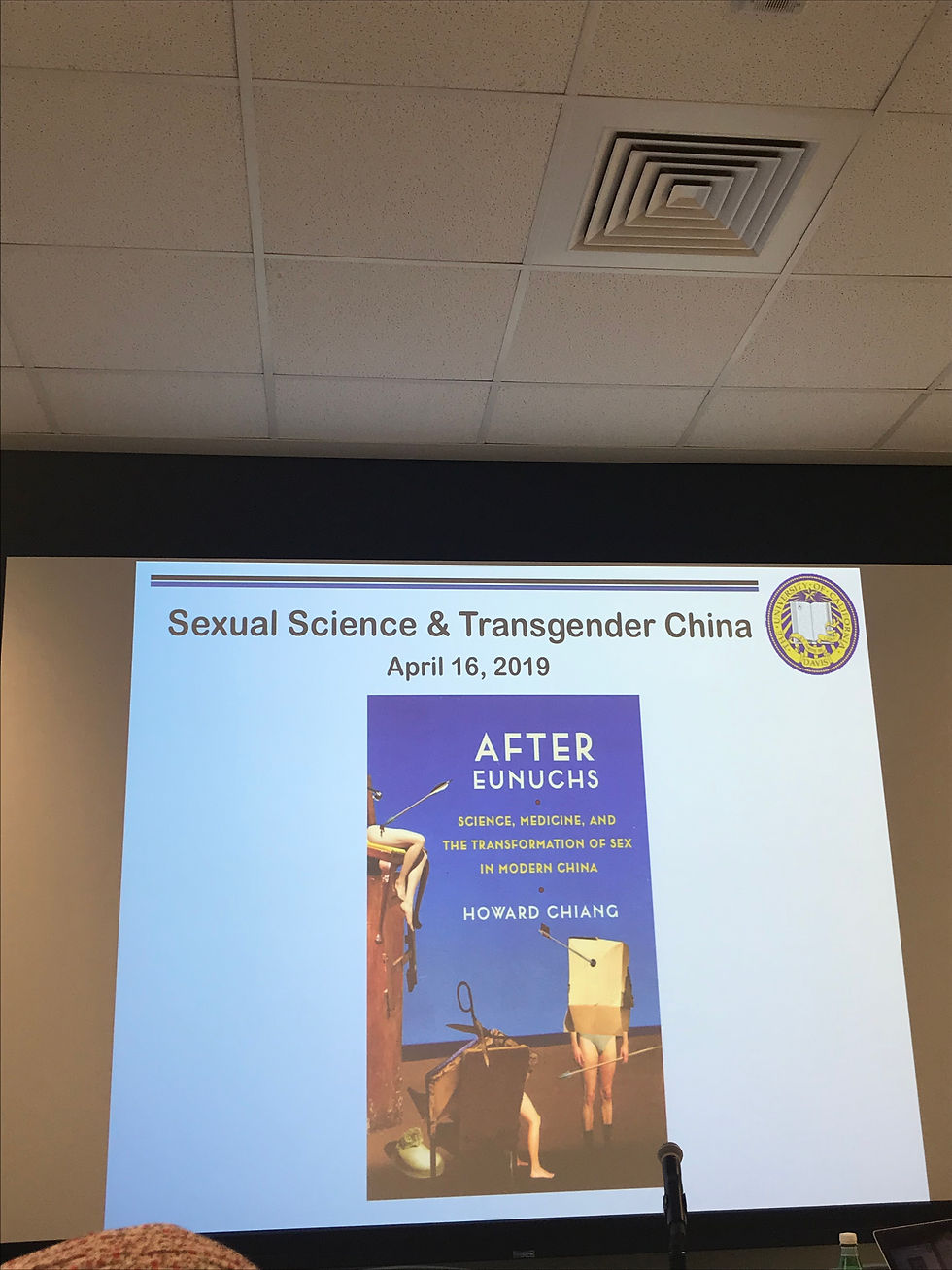The Meaning of Mansae in 2019
- zarondc
- Mar 3, 2019
- 2 min read
By Marisa McPherson
DISCLAIMER: All opinions and views presented solely belong to the author.

On this day in 1919, 33 activist leaders gathered at Taehwagwan Restaurant in the Jongno district of Seoul. Like millions of their kinsmen, they were angry and energized, fueled by the recent passing of their beloved emperor and ready to take a stand against their Japanese colonial oppressors. Together they drafted a Korean Proclamation of Independence and read it publicly. This movement was the spark lit by the strong flint of a suppressed citizenry and it let loose a fire of mass protest that lasted for 12 months before the Japanese government was able to stomp it out. More than 2 million Koreans had participated in more than 1,500 demonstrations; 7,000 were killed, 16,000 were wounded, and 46,000 were arrested. Though the movement was technically a failure, it was the first stone in the avalanche that led to Korean independence in 1945 and later to Korean democracy in 1987.
One hundred years later the values of perseverance, honor, and a strong national identity can still be seen in a modernized Korea. The former ‘Hermit Kingdom’ has evolved into the 11th-largest world economy and its cultural influence has reached unprecedented international attention. The same nationalist spirit that sparked the March 1 Movement was crucial to the June Democratic Uprising, where millions of students and laborers revolted against the corrupt reign of dictator Chun Doo-hwan. In this context, being a Korean means being the best that you can be and representing Korea as the best that it can be – and both ideals sprung forth from love for the nation. Whether or not that still applies is up for modern debate.
During my time in Korea, the issue of national identity was at a crossroads as news of the Yemeni refugees in Jeju Island seeking asylum dominated the political conversation and spawned mass anti-migrant sentiment across the peninsula. Yes, the Korean nationalist spirit has carried through to the modern day, but many believe that it can only be preserved if Korea remains ethnically Korean. I spoke to several people, either my age or slightly older, and their opinion that Korea should accept the refugees made the age divide very clear. The younger generation has been raised in an age of accessibility, information, and globalization, and feels ready to welcome multiculturalism – but their parents and grandparents still remember a time when Korea was a poor, struggling nation torn apart by foreign powers, and prefer isolation to multiculturalism. There is no simple way to solve an issue that has such deep and complex roots.
In December 2018 the South Korean government granted refugee status to 2 of the 480 Yemeni refugees. Of the 40,400 non-Koreans that have sought asylum since 1994, only 840 – or 2% - have been approved[1]. As Korea recognizes the 100th anniversary of the movement that carried it to independence and celebrates their national identity, it’s worth reflecting on what that means – and who it includes – in 2019. Mansae!
[1] For more information visit https://www.nytimes.com/2018/12/14/world/asia/yemen-south-korea-refugees.html.




Comments